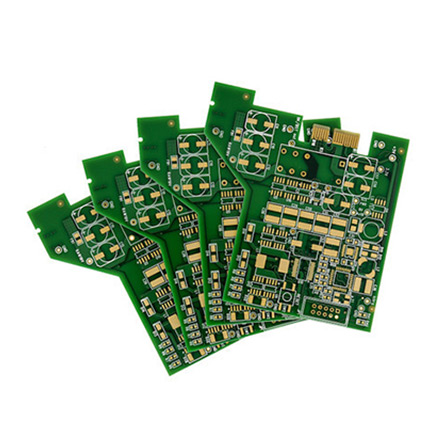

Tempered Laminated Glass A Breakthrough in Safety and Design
In recent years, the demand for safety and durability in architectural and automotive applications has led to the widespread use of tempered laminated glass. This innovative material combines the strength of tempered glass with the safety features of laminated glass, making it an ideal choice for various industries, including construction, automotive, and furniture design.
Tempered glass, also known as toughened glass, is produced through a process of extreme heating and rapid cooling. This method alters the internal structure of the glass, making it up to five times stronger than standard glass. When broken, tempered glass shatters into small, blunt pieces that are less likely to cause injury, making it a preferred choice for applications where safety is a concern.
Laminated glass, on the other hand, consists of two or more layers of glass bonded together with a layer of interlayer material, usually made from polyvinyl butyral (PVB) or ethylene-vinyl acetate (EVA). This interlayer not only enhances the glass's structural integrity but also provides additional safety features. In the event of breakage, the interlayer holds the glass pieces together, preventing them from falling apart and reducing the risk of injury.
When tempered glass is laminated, the resulting tempered laminated glass exhibits exceptional mechanical strength and safety characteristics. This combination is particularly advantageous in applications where both safety and performance are paramount. For instance, in public buildings, tempered laminated glass can be used in facades, skylights, and glass railings, providing transparency and natural light while ensuring the safety of occupants.

One significant advantage of tempered laminated glass is its ability to withstand extreme weather conditions
. It offers excellent resistance to wind pressure, thermal stress, and other environmental factors, making it a reliable choice for regions prone to severe weather events. Furthermore, the laminated layer can also block harmful UV rays, protecting both interiors and occupants from sun damage.In automotive applications, tempered laminated glass is commonly used in windshields and side windows. The safety features provided by the laminated layer are crucial in preventing injuries during accidents, while the tempered properties enhance the glass's resilience against impacts and temperature fluctuations. This dual protection has made tempered laminated glass a standard in modern vehicle manufacturing.
Moreover, the aesthetic appeal of tempered laminated glass cannot be overlooked. Available in various finishes and tints, it allows architects and designers to create stunning visuals without compromising safety. The transparency and design flexibility of this material enable the seamless integration of glass in modern architectural designs, enhancing the overall visual appeal of structures while adhering to safety regulations.
In conclusion, tempered laminated glass represents a groundbreaking advancement in glass technology, offering unparalleled safety, strength, and design versatility. Its unique properties make it an indispensable material across various applications, from high-rise buildings to automotive manufacturing. As design trends continue to evolve, the importance of utilizing materials that ensure both safety and aesthetic appeal will only grow, solidifying the role of tempered laminated glass in the future of construction and design.